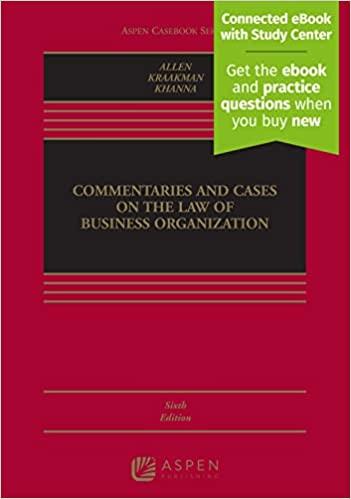Question
Incentives Effort You are a division manager for the logging firm of Karrde Incorporated. You are planning to offer a contract to Jade Enterprises for
Incentives Effort You are a division manager for the logging firm of Karrde Incorporated. You are planning to offer a contract to Jade Enterprises for constructing logging roads in the Myrkr Forest. It is imperative that the roads are wide enough; if the roads are wide enough, Karrde's profit will be 120, while it will only be 60 if the roads are too narrow. (Karrde's profits are 0 if it does not hire Jade.) You have the opportunity to make a take-it-or-leave-it offer to Jade, but you can not set the payment below 0 for any outcome. Whether or not the roads are wide enough depends crucially on Jade's effort: If Jade exerts low effort, then the probability of success is only one third; if Jade exerts medium effort, the probability of success is two thirds; and if Jade exerts high effort, success is guaranteed. Jade Enterprises is a small concern. If Jade does not take the job, its utility is 2. If Jade takes the job, and exerts low effort, its utility is ?w, where w ? 0 is the payment to Jade. If Jade takes the job and exerts medium effort, its utility is given by ?w ? 1. Finally, if Jade takes the job and exerts high effort its utility is given by ?w ? 3.
a) Suppose that you can observe the effort that Jade exerts, and so can write contract where payment is contingent on effort. If you wish to incentives low effort, what is the most profitable contract you can offer? If you wish to incentives medium effort, what is the most profitable contract you can offer? If you wish to incentives high effort, what is the most profitable contract you can offer? Given your answers to the previous questions, which is the most profitable contract for Karrde to offer Jade?
b) Now suppose (for the rest of this problem) you can not observe effort. If you wish to write the most profitable contract that incentives low effort, what contract will you write? Does it differ from the contract for low effort in part a)?
c) If you wish to write the most profitable contract that incentives medium effort, what contract will you write? How does it differ from the contract in part a) for medium effort?
d) If you wish to write the most profitable contract that incentives high effort, what contract will you write? How does it differ from the contract in part a) for high effort?
e) Consider your answers to the previous parts of this question. What contract will you offer to Jade?that is, what contract maximizes your profits? Does this contract incentives the same level of effort as the contract you offered in part a)? Why or why not?





Step by Step Solution
There are 3 Steps involved in it
Step: 1

Get Instant Access to Expert-Tailored Solutions
See step-by-step solutions with expert insights and AI powered tools for academic success
Step: 2

Step: 3

Ace Your Homework with AI
Get the answers you need in no time with our AI-driven, step-by-step assistance
Get Started


